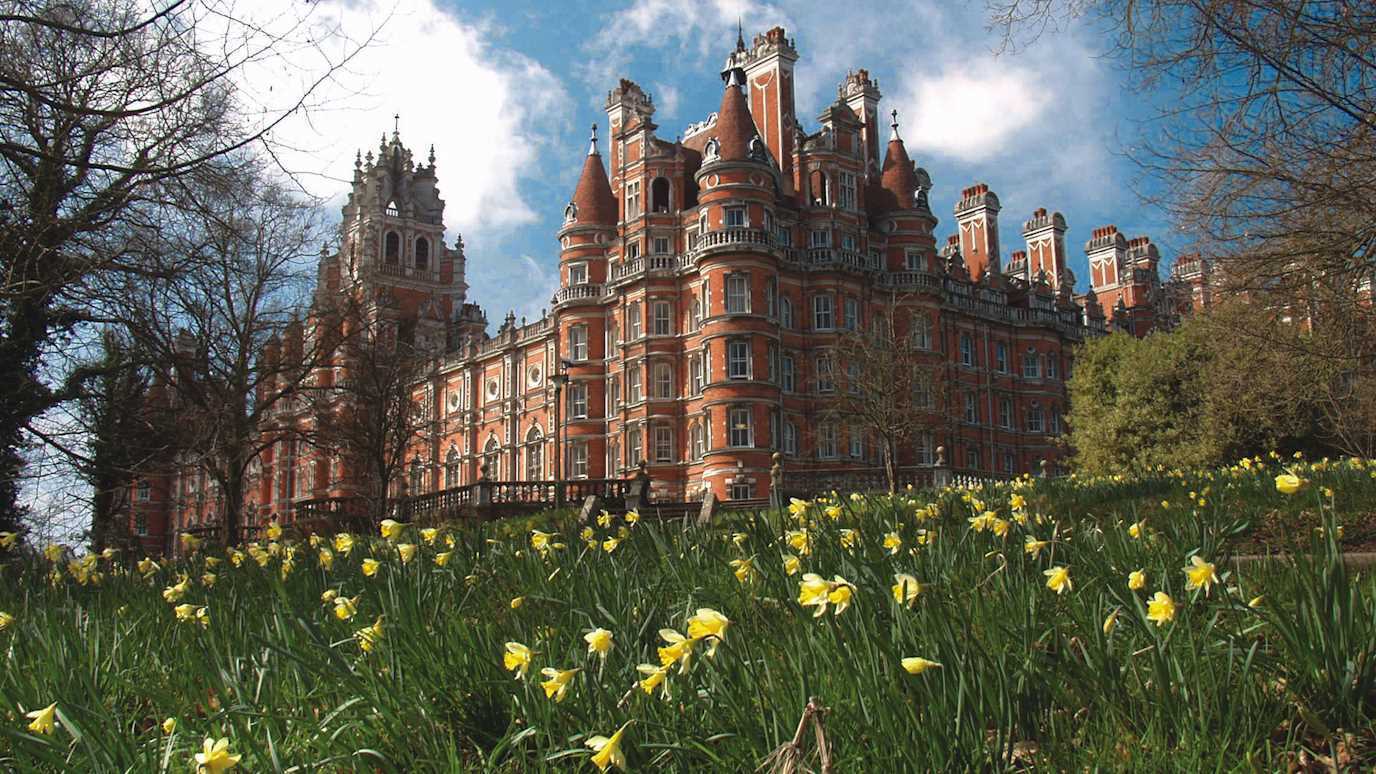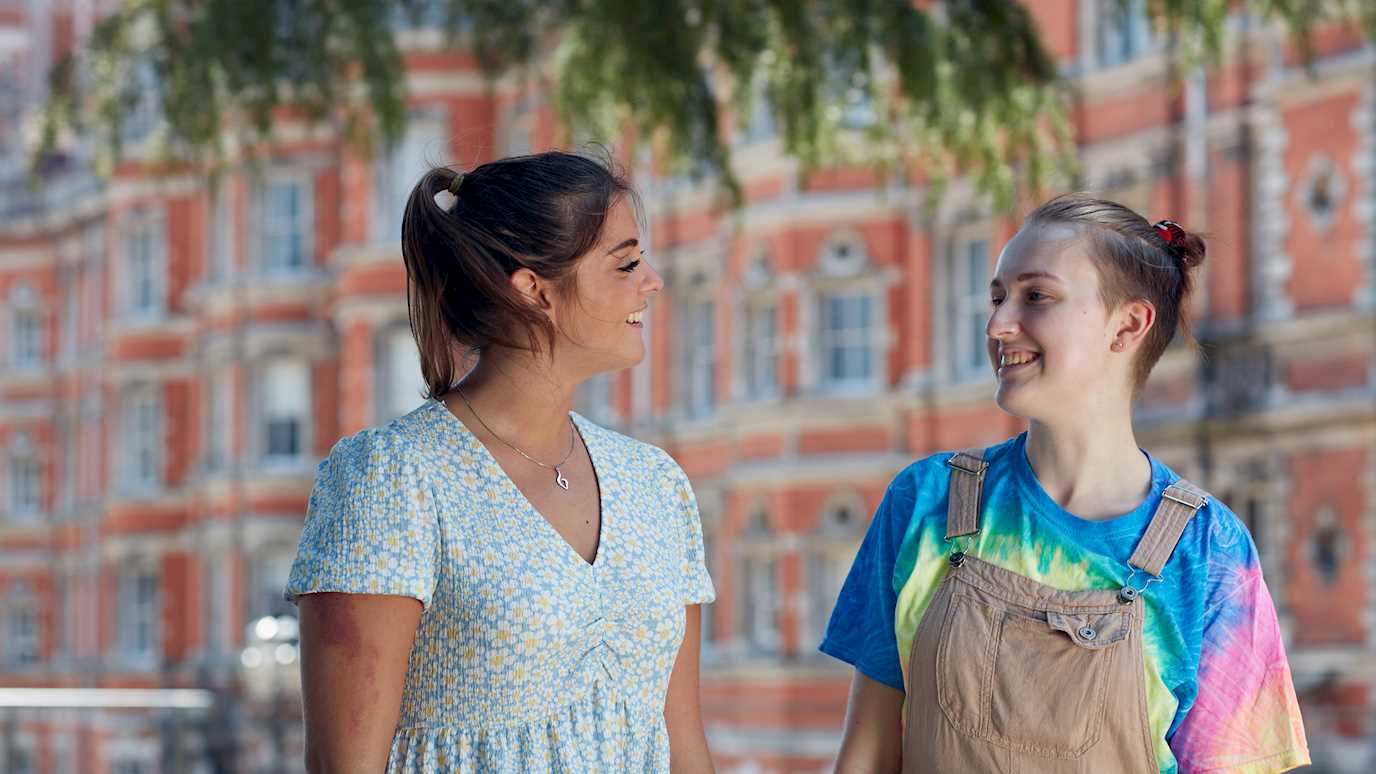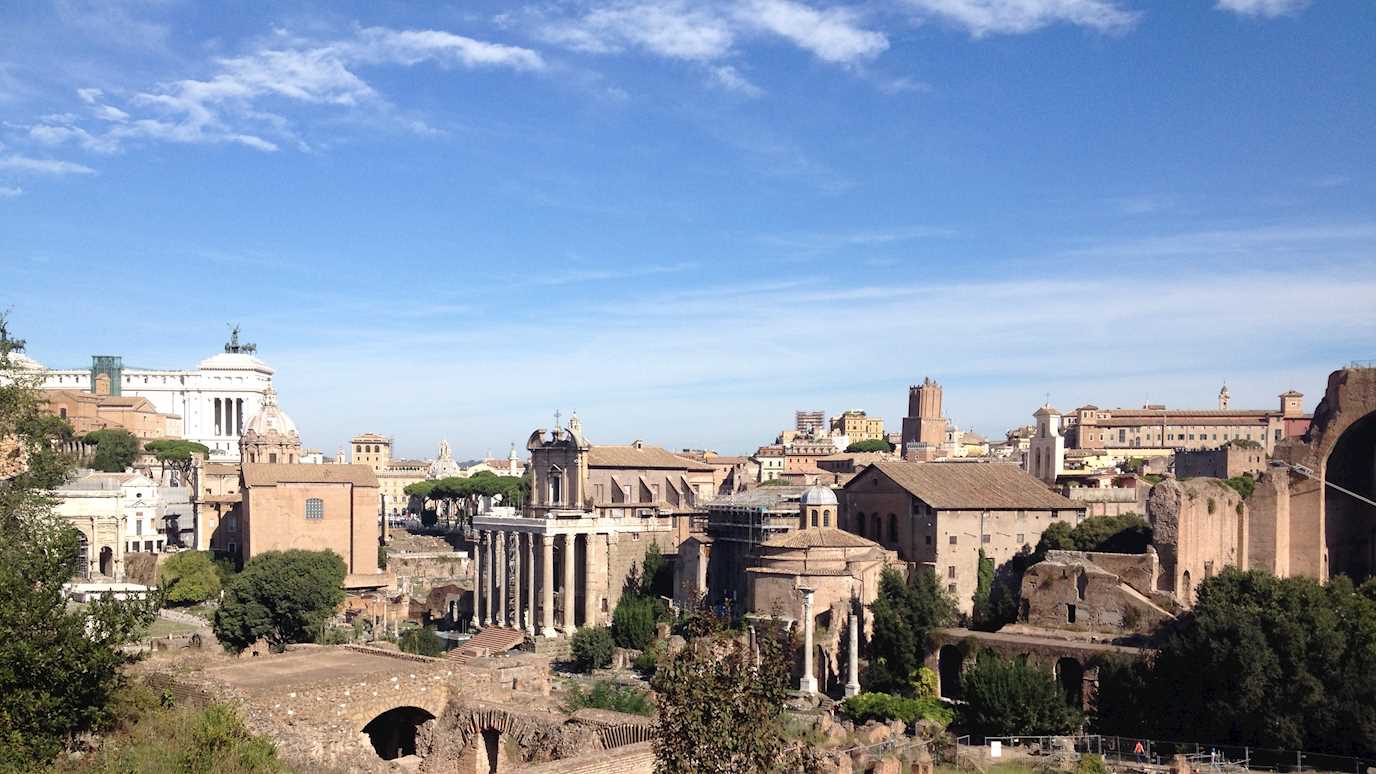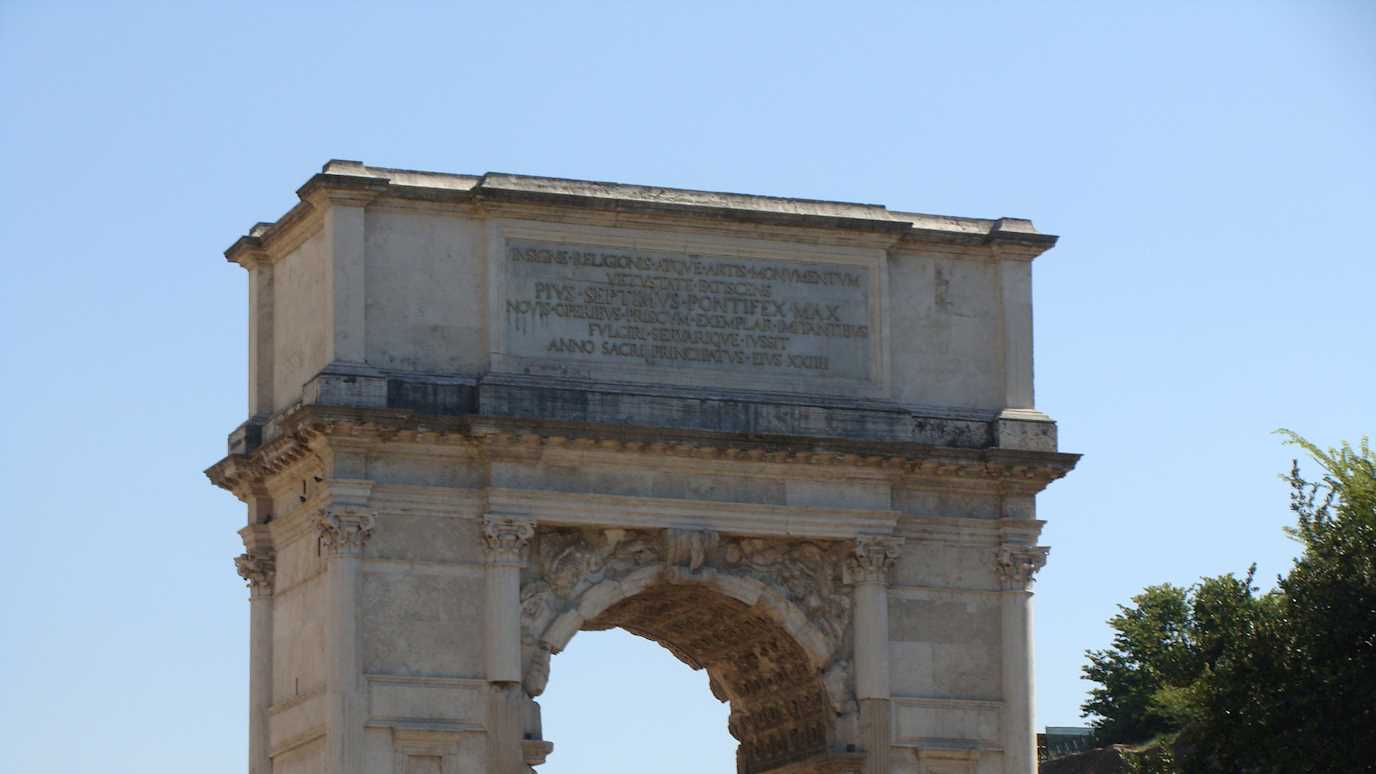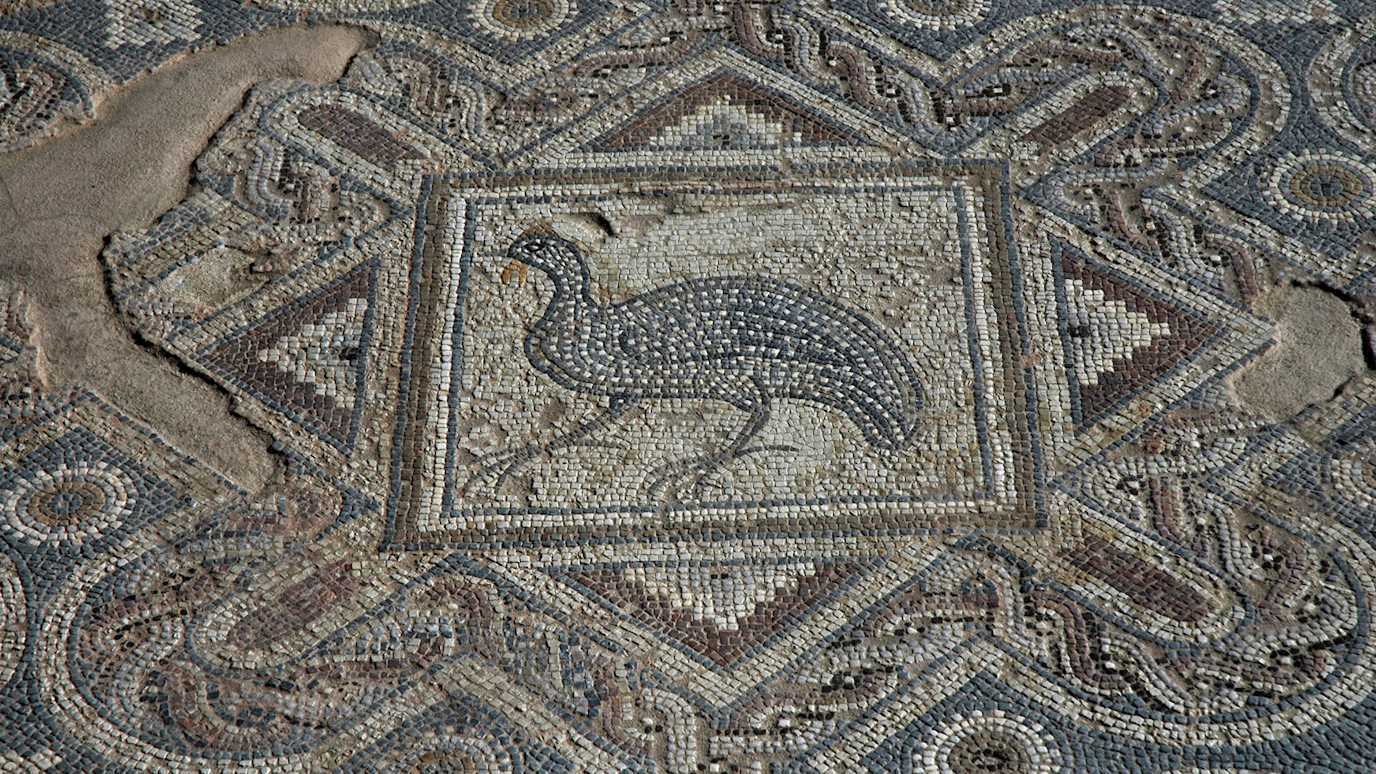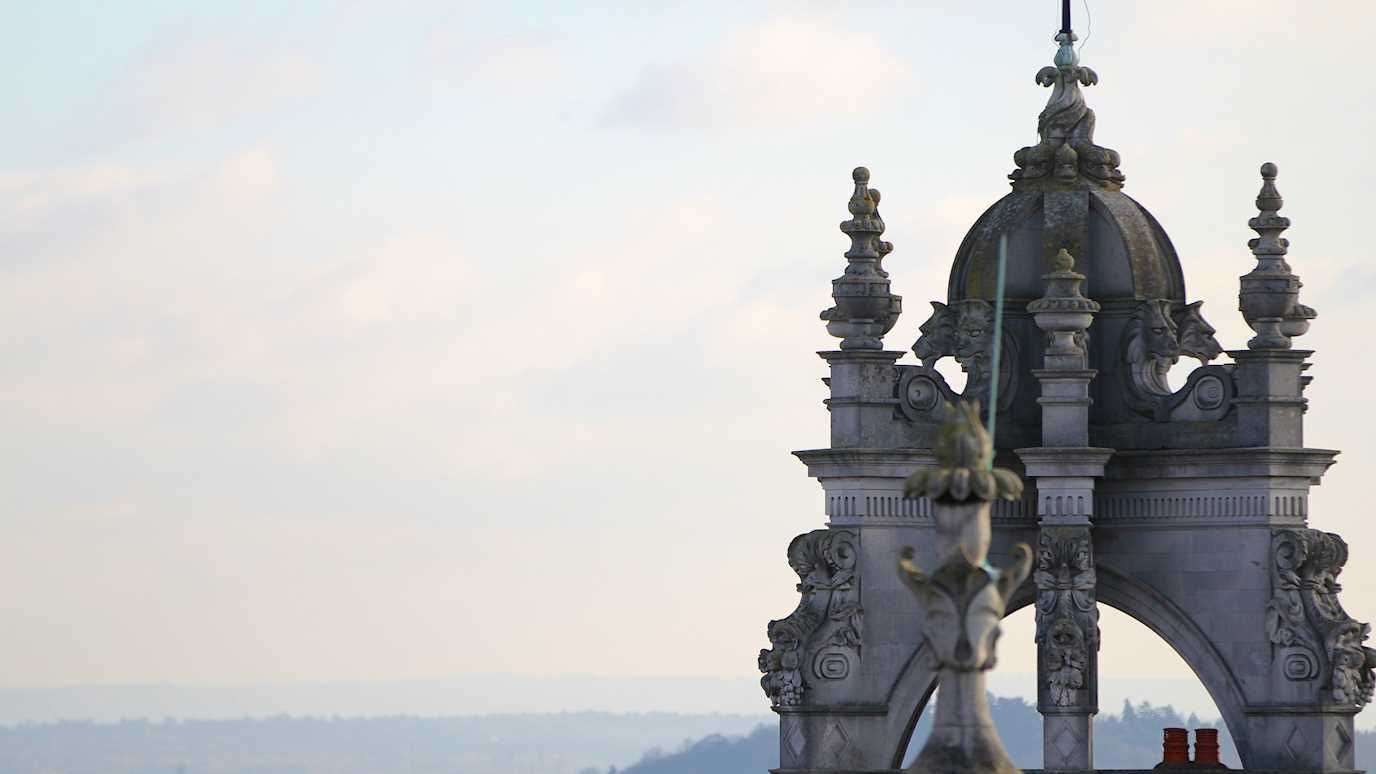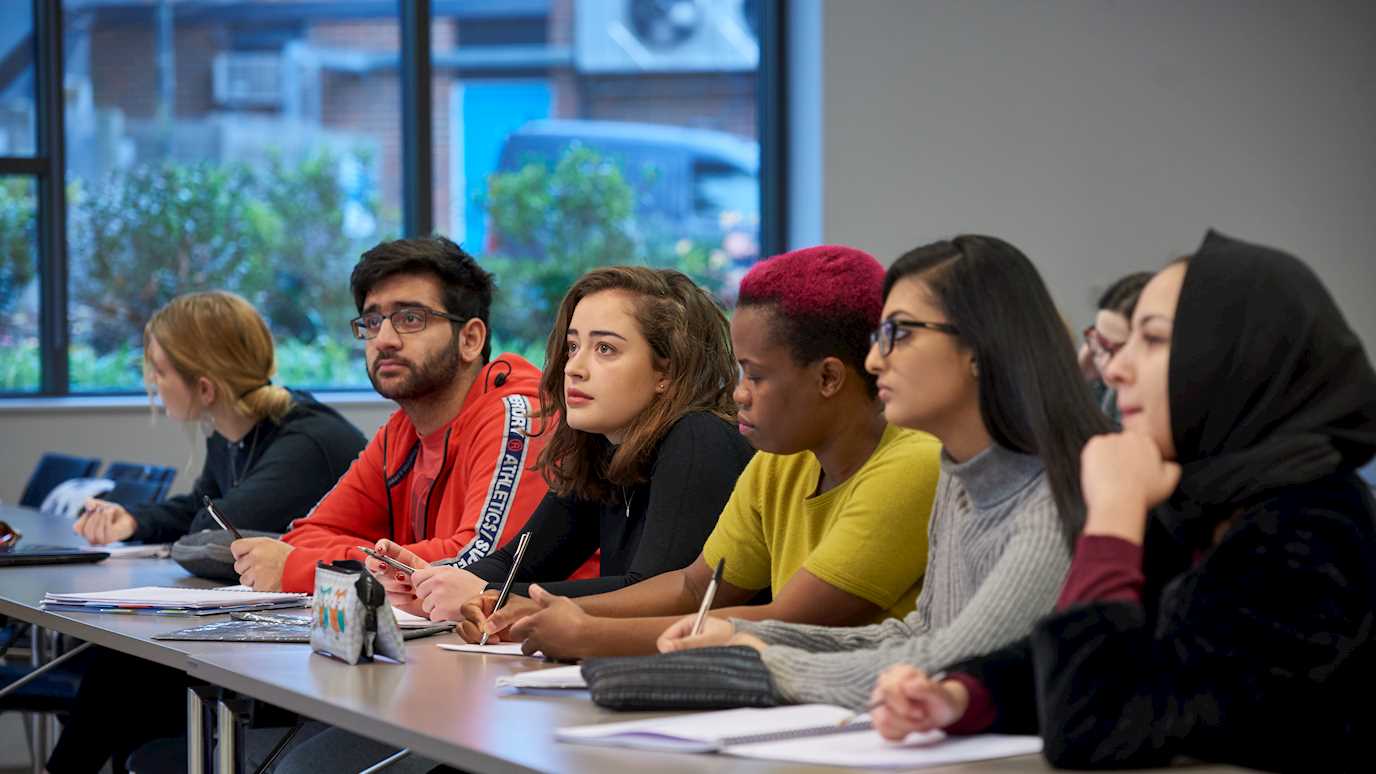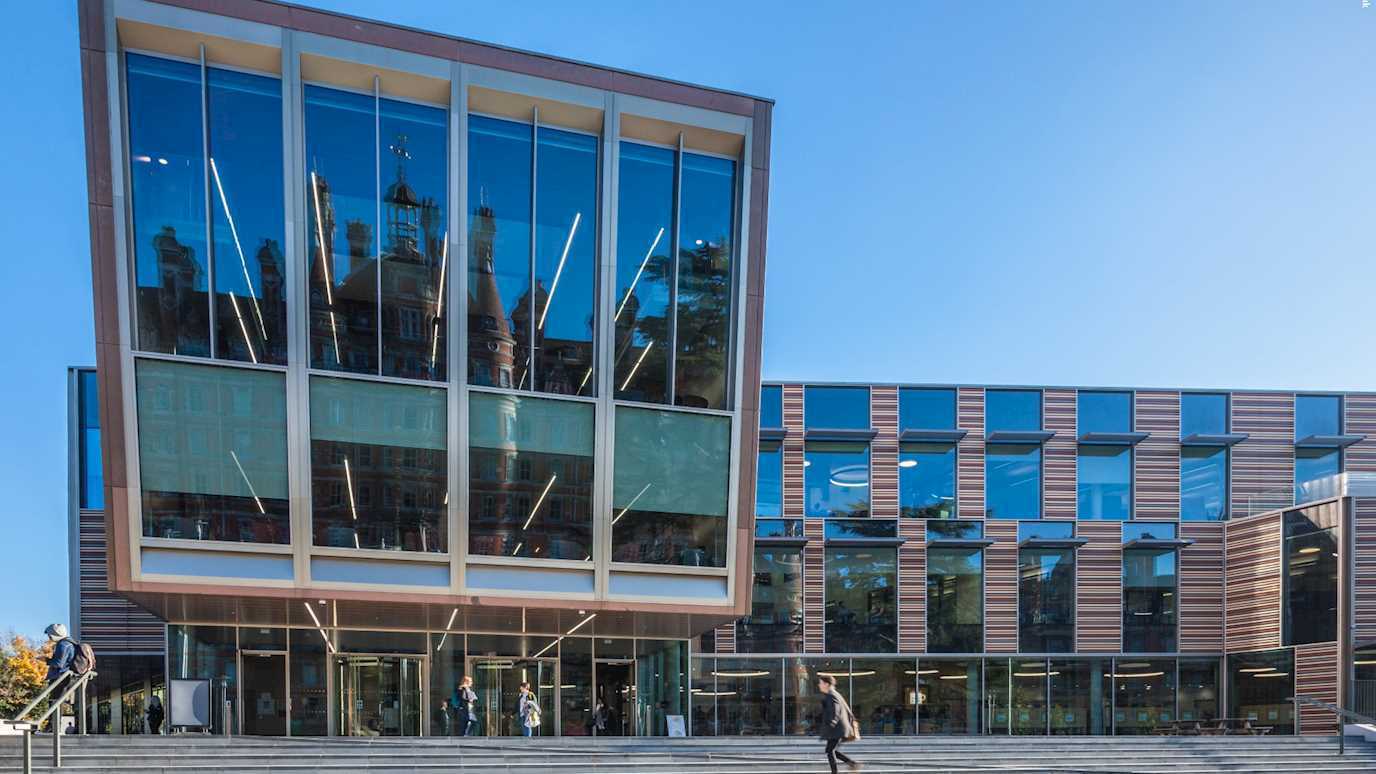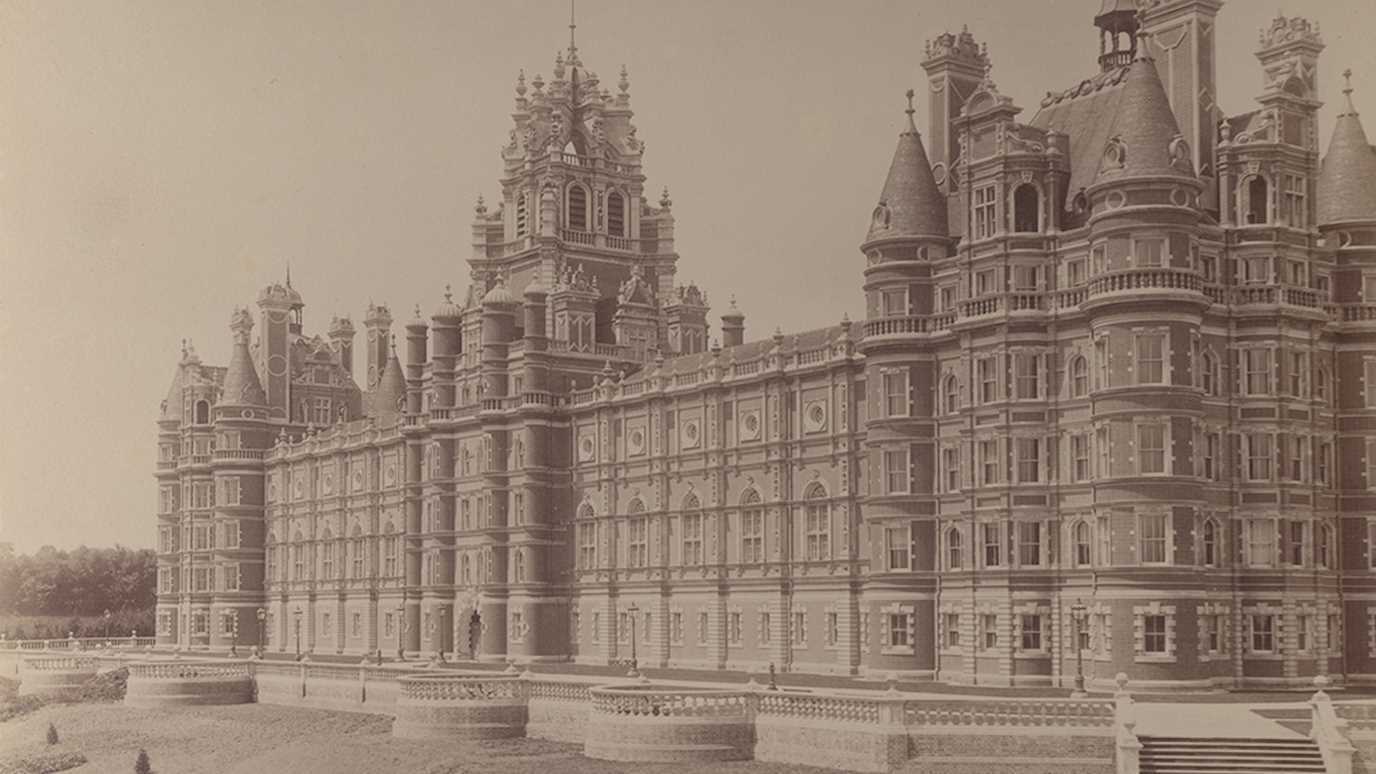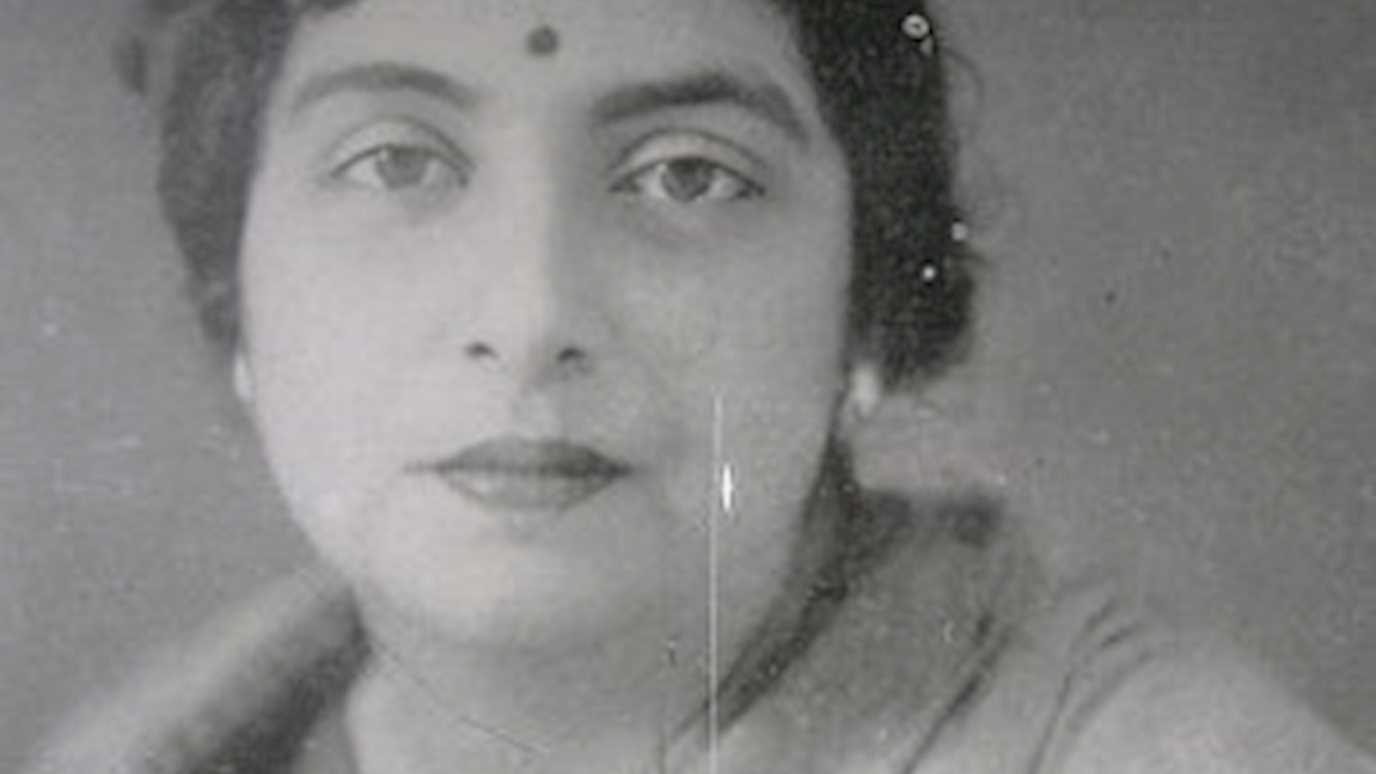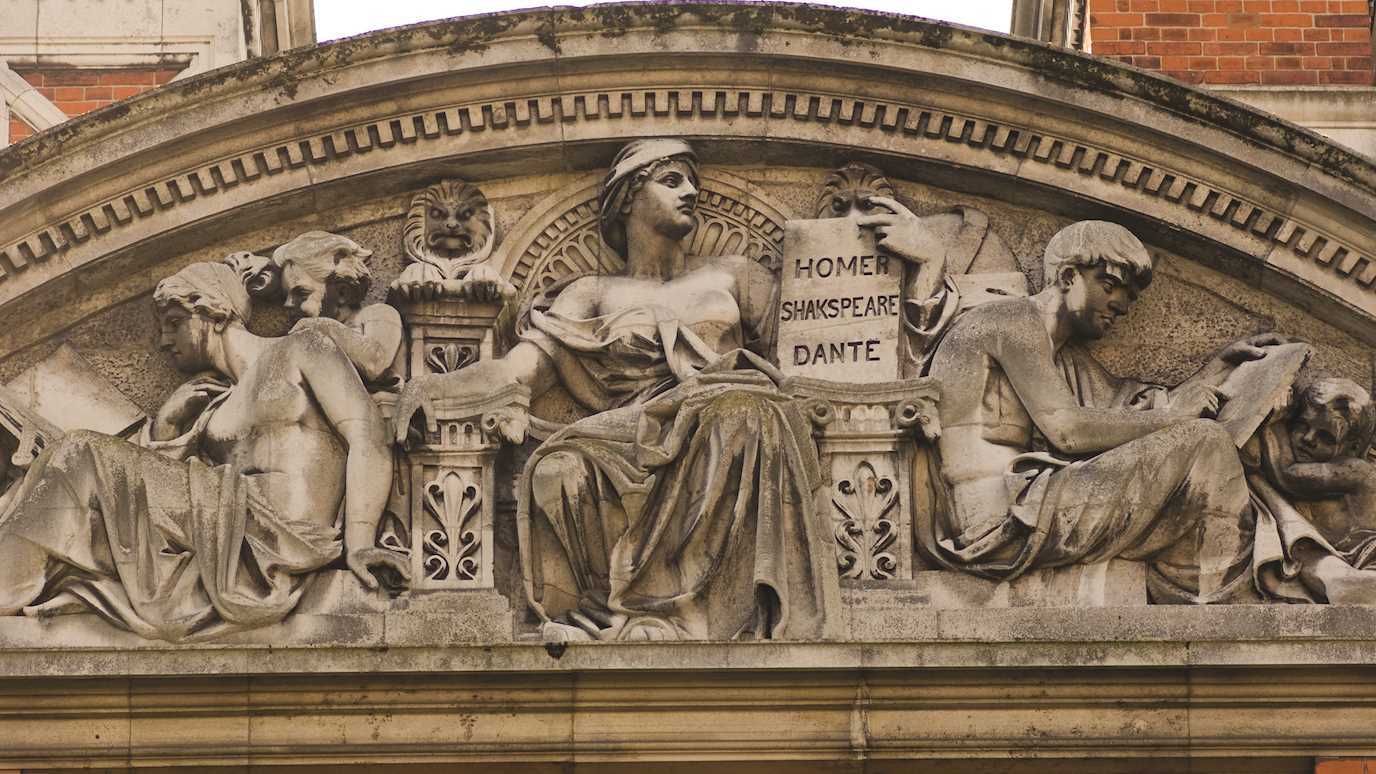Titian (c.1490-1576) – In 2012, the National Gallery held an exhibition called Metamorphosis: Titian 2012. It brought together a group of specially commissioned works by contemporary artists and poets, choreographers, dancers and composers in response to three of Titian’s paintings inspired by Ovid’s Metamorphoses: ‘Diana and Actaeon’, ‘The Death of Actaeon’, and ‘Diana and Callisto’. The National Gallery website still hosts lots of material from this exhibition here, where you can look at Titian’s paintings while reading or listening to excerpts from Ted Hughes’ version of Ovid’s stories in his Tales from Ovid (2002).
Artemisia Gentileschi (1593-c.1654) – A brilliant painter of the baroque period, Gentileschi’s work often depicted women in biblical or classical scenes. Her ‘Lucretia’ (1623-25) is a remarkable example of one of the artist’s famous ‘heroines’: female figures cast in the guise of the classical (male) hero. Gentileschi’s painting of Lucretia shows us the way in which the gaze of the artist (female or male, empowering or exploitative) can offer a radical reinterpretation of a character or scene. Alongside this painting, I recommend reading both Livy’s account of Lucretia’s story (1.57-8) and Ovid’s version (Fasti 2.721-852): these accounts of the story are very different in tone but what they share is the objectification of Lucretia, which Gentileschi strongly rejects in her painting. You can find out more about Artemisia Gentileschi and her works here and about ‘Lucretia’ and four of Gentileschi’s other heroines here.
J.M.W. Turner (1775-1851) and Christopher Le Brun (1951-present) – Two for one here, since I’ve chosen paintings that both respond to the same episode from Virgil’s Aeneid: Aeneas’ time with Dido in Carthage in Books 1 and 4 of the poem. Turner painted a whole series of Carthage paintings, but my favourites are the pair that depict the sunrise and sunset (both literal and metaphorical) of this powerful but tragically fated city: ‘Dido Building Carthage’ (1815) and ‘Decline of the Carthaginian Empire’ (1817). Le Brun, a contemporary artist whose work is influenced by Turner’s, often draws on Virgil and other classical poets in his work. In my favourite of his paintings, ‘The Coast of Africa’ (2014), Le Brun represents in abstract form Aeneas’ arrival on the Libyan coast: here in a blaze of yellow and orange the viewer is offered an impression of the magnificent city looming on the horizon, perhaps burning already with the flames of the funeral pyre on which Aeneas will look back when he abandons Dido.
Barnett Newman (1905-1970) – Newman’s ‘Vir heroicus sublimis’ (1950-51) is not a painting directly inspired by or responding to a piece of classical literature, but it’s a work that always makes me think of one. My research focuses on the idea of the sublime, a concept with which Newman wrestled in his work, particularly his famous ‘zip’ paintings. When I look at ‘Vir heroicus sublimis’, I think of Lucretius’ Epicurus: the founding father of the philosophical school of Epicureanism, Epicurus is heroised in Lucretius’ poem On the Nature of Things (De rerum natura) into a godlike, sublime figure who breaks through the boundaries of the universe to liberate humankind from fear through understanding (you can read a translation here). With ‘Vir heroicus sublimis’ (‘man, heroic and sublime’) Newman asked, ‘If we are living in a time without a legend that can be called sublime, how can we be creating sublime art?’ It’s a question to which I think Lucretius would have believed he had the answer. Find out more about Newman’s painting here.
Louise Lawler (1947-present) – Lawler’s work focuses on photographing the work of others in a way that reframes and reinterprets the work for the viewer. My favourite of Lawler’s photographs is her ‘Statue before painting, Perseus with the head of Medusa, by Canova’ (1982). There’s lots going on in this image, but what I want to draw your attention to is the way that the photograph crops out Perseus’ claim to fame (Medusa’s head, which he brandishes as a weapon), leaving his genitalia dangling in the upper right corner, almost edged out of the frame by the ‘PAINTINGS’ at the centre of the image. As a classicist, what I like so much about Lawler’s image is that its effect is very similar to a joke cracked by Ovid in his Metamorphoses: read the Perseus episode closely (the end of Book 4 and beginning of Book 5) and you’ll find that Perseus isn’t quite the hero he claims to be.
Bonus! Ignasi Monreal for Gucci – For Gucci’s Spring/Summer collection in 2018, digital artist Ignasi Monreal created a campaign set in an eccentric fantasy world both ancient and modern populated with the characters and imagery of classical culture and mythology. It’s a stylish and surreal reinterpretation of classical imagery, which you can take a look at online here.


